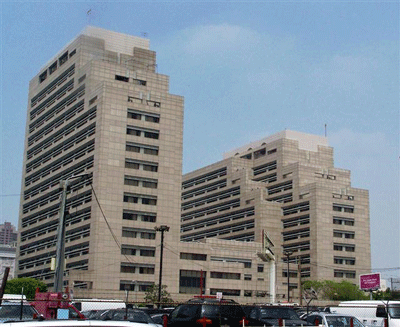I guess if you need money you sell your real estate? How about the State of California selling some of their real estate to raise money? Do you think that’s a great idea? In the bottom of the real estate market, the State is selling two dozen buildings in order to raise $2 billion to pay off some of their long term debt.
Included in the sale is the Ronald Reagan building, which they will then lease back for the next twenty years.
According to the Los Angeles Times:
“Under the proposal, for example, the twin-towered Reagan state office building at 3rd and Spring streets would be purchased by an investor who would in turn lease it to the state. The state would pay the new owner an estimated $12.2 million a year in rent, according to the plan.
State officials will now accept bids on 24 office buildings on 11 sites in Los Angeles, Sacramento, San Francisco, Oakland and Santa Rosa. Investors may buy the properties en masse or individually.
The planned sale comes during one of the worst real estate markets since the Great Depression. Commercial property values have fallen as much as 40% from their 2007 peak, according to industry analysts. Although the depressed market may hold sales prices down, it may also help the state as it negotiates how much to pay in rent after it leases back the buildings.
The recession drove up vacancy rates in many privately owned office buildings as white-collar companies contracted through layoffs or closed their doors. Landlords in most of the country’s major office markets have been forced to reduce rents to attract or keep tenants.”
Talk about a study in mismanagement, the State of California is one for the text books.
John J. O’Dell
Real Estate Broker
Helping you in buying or selling real estate
Call today 530-263-1091


